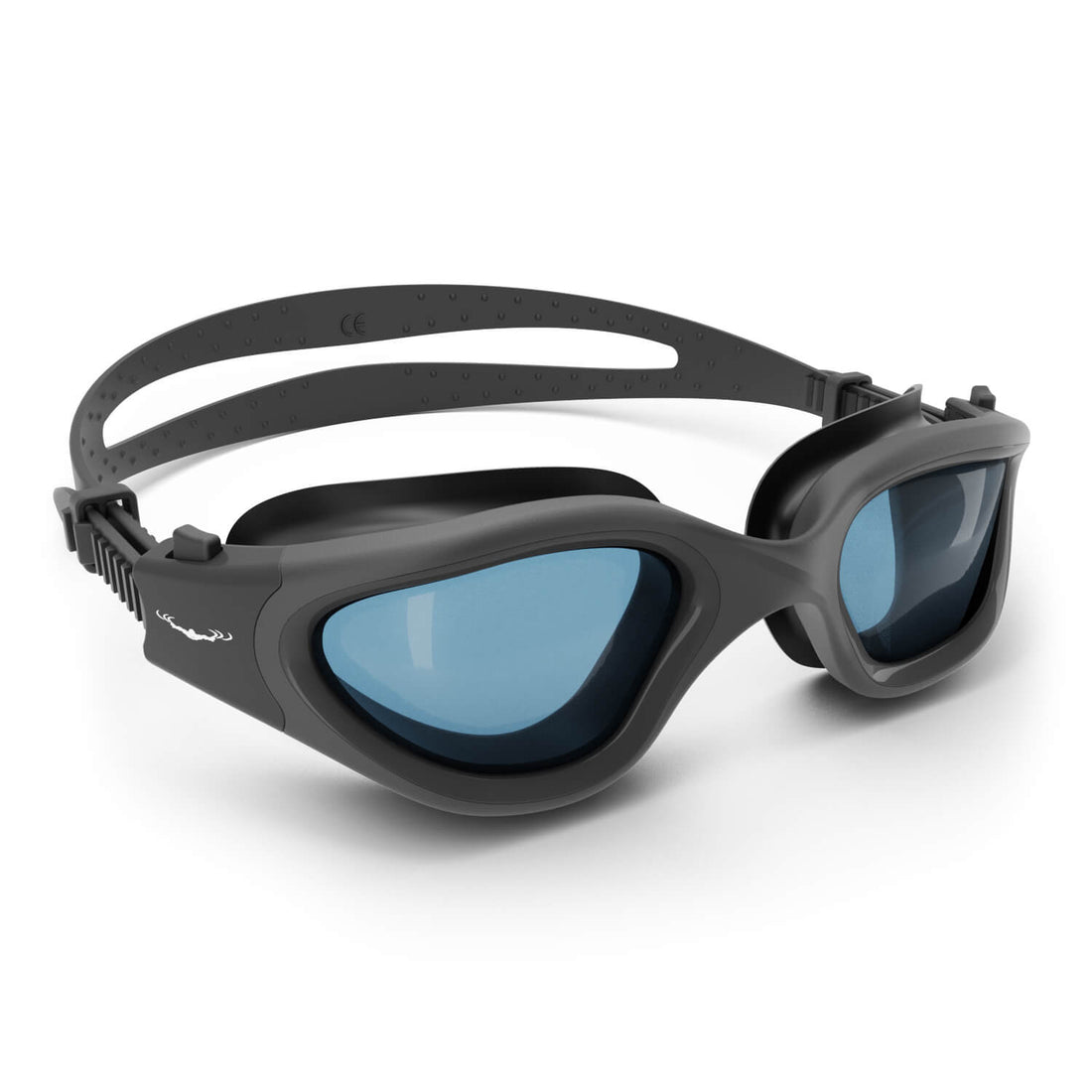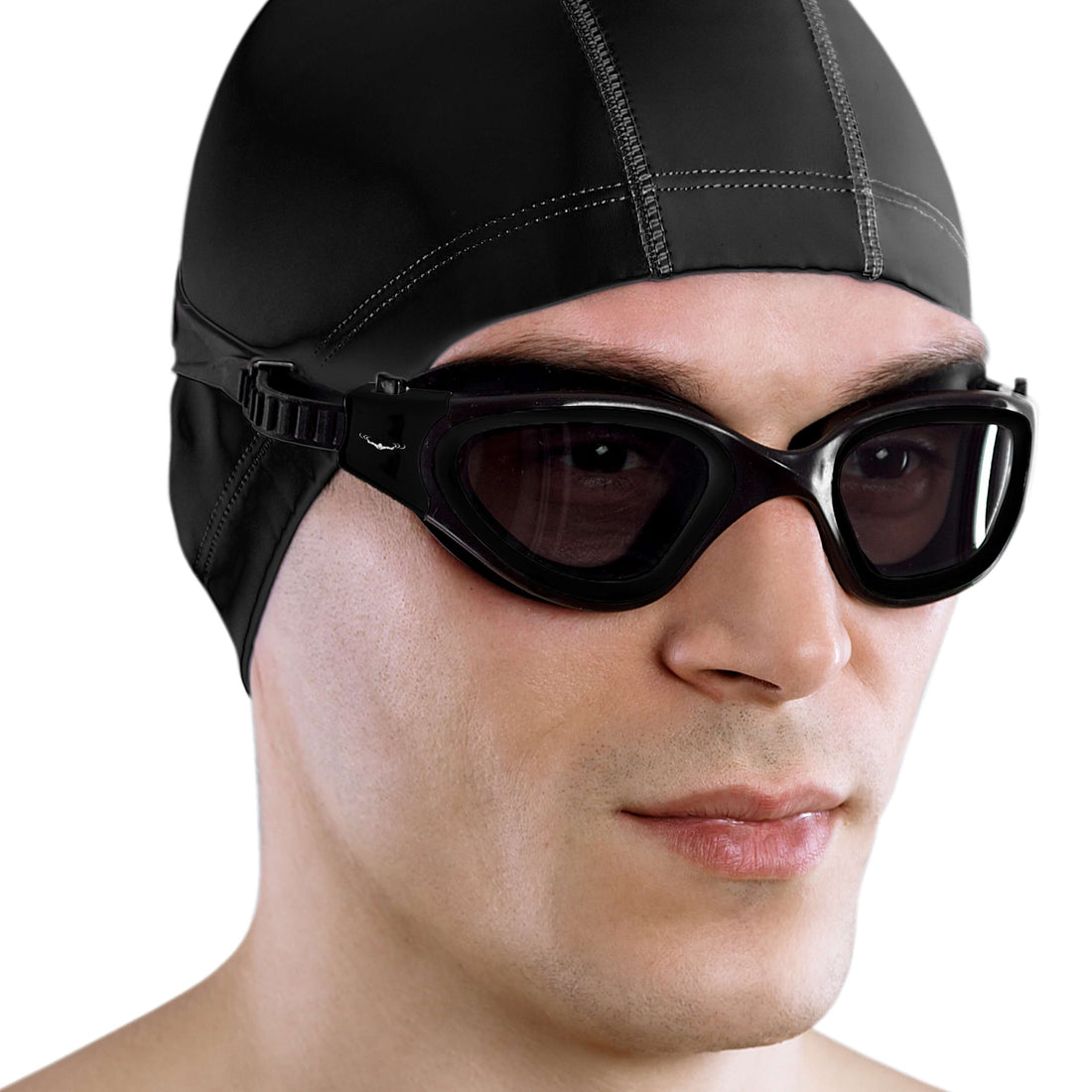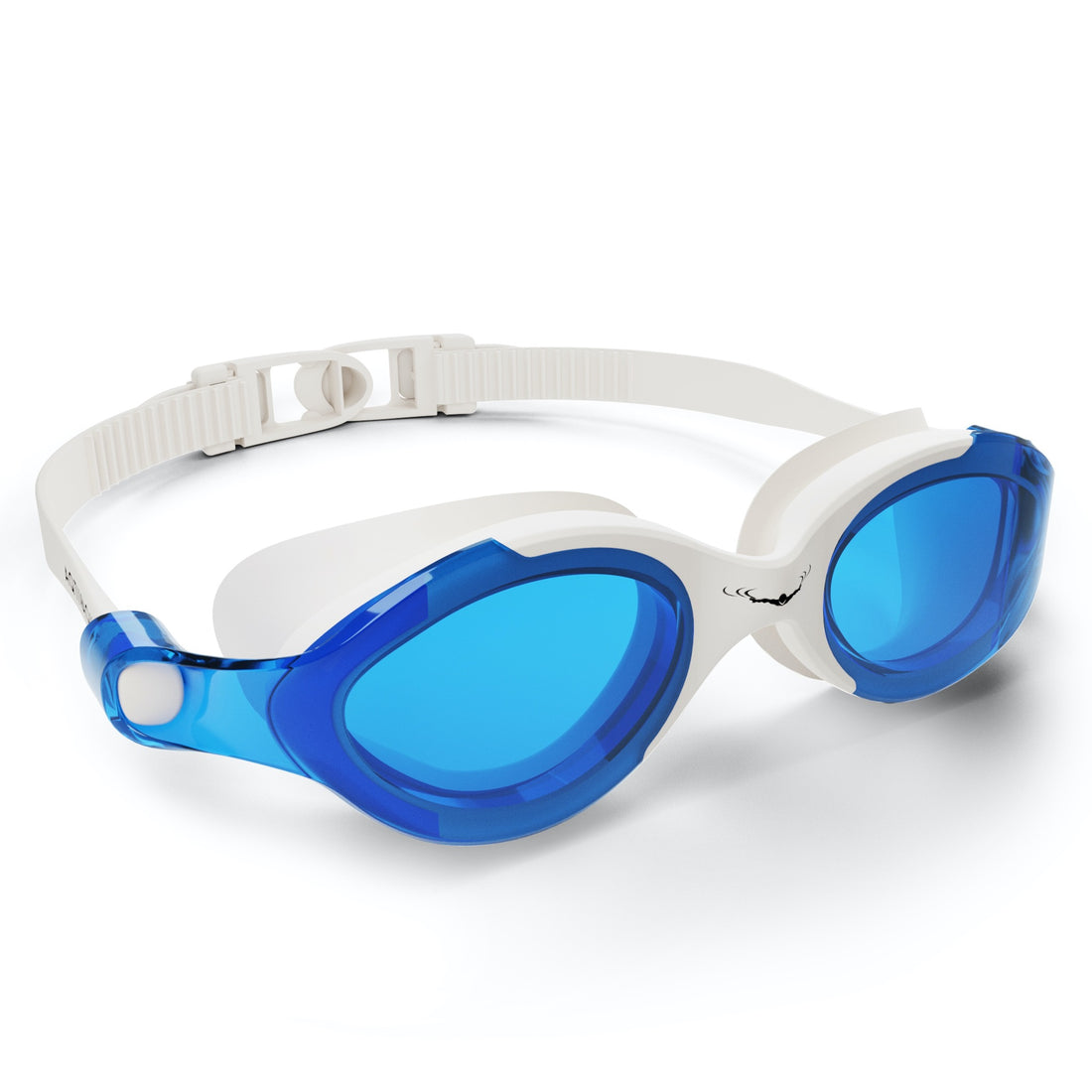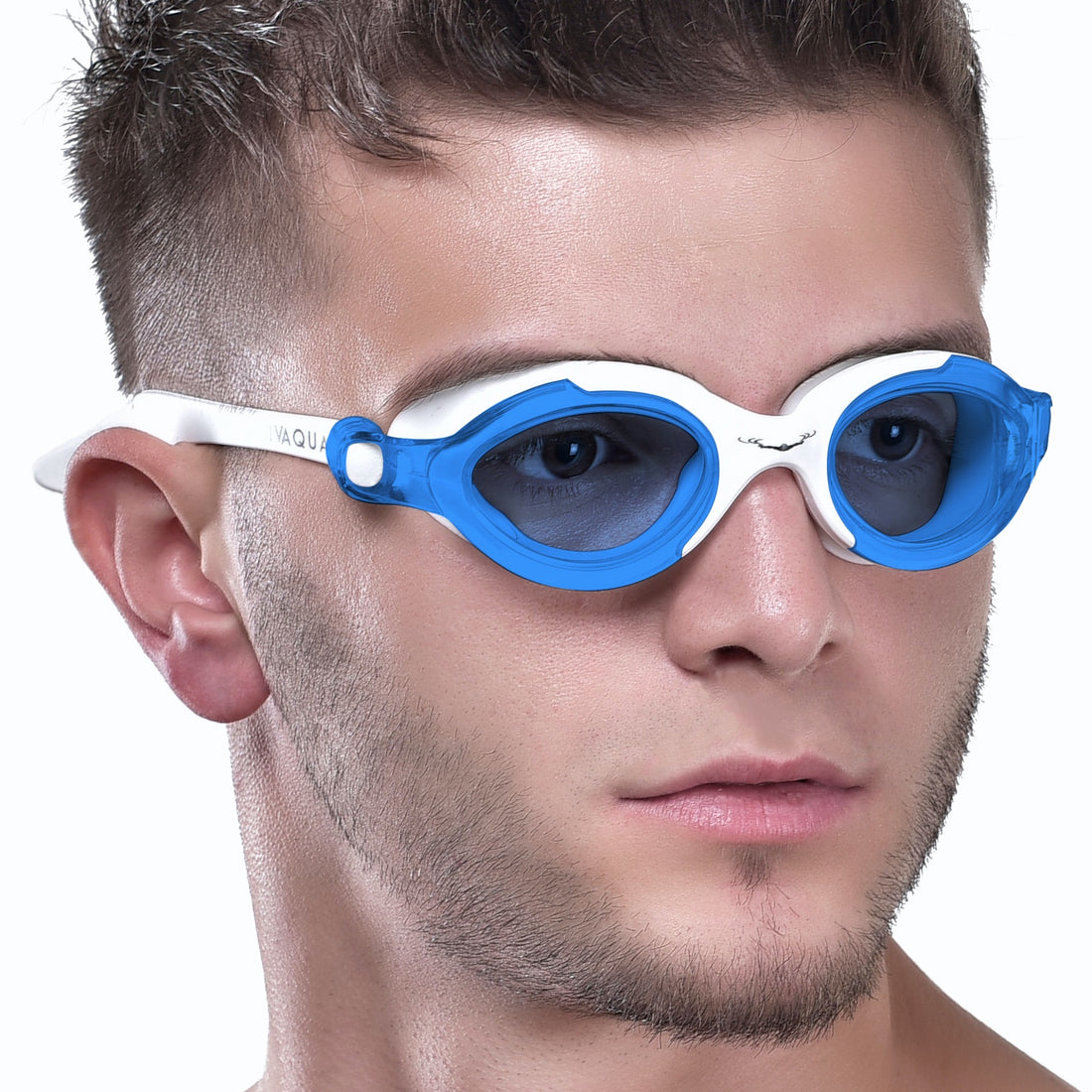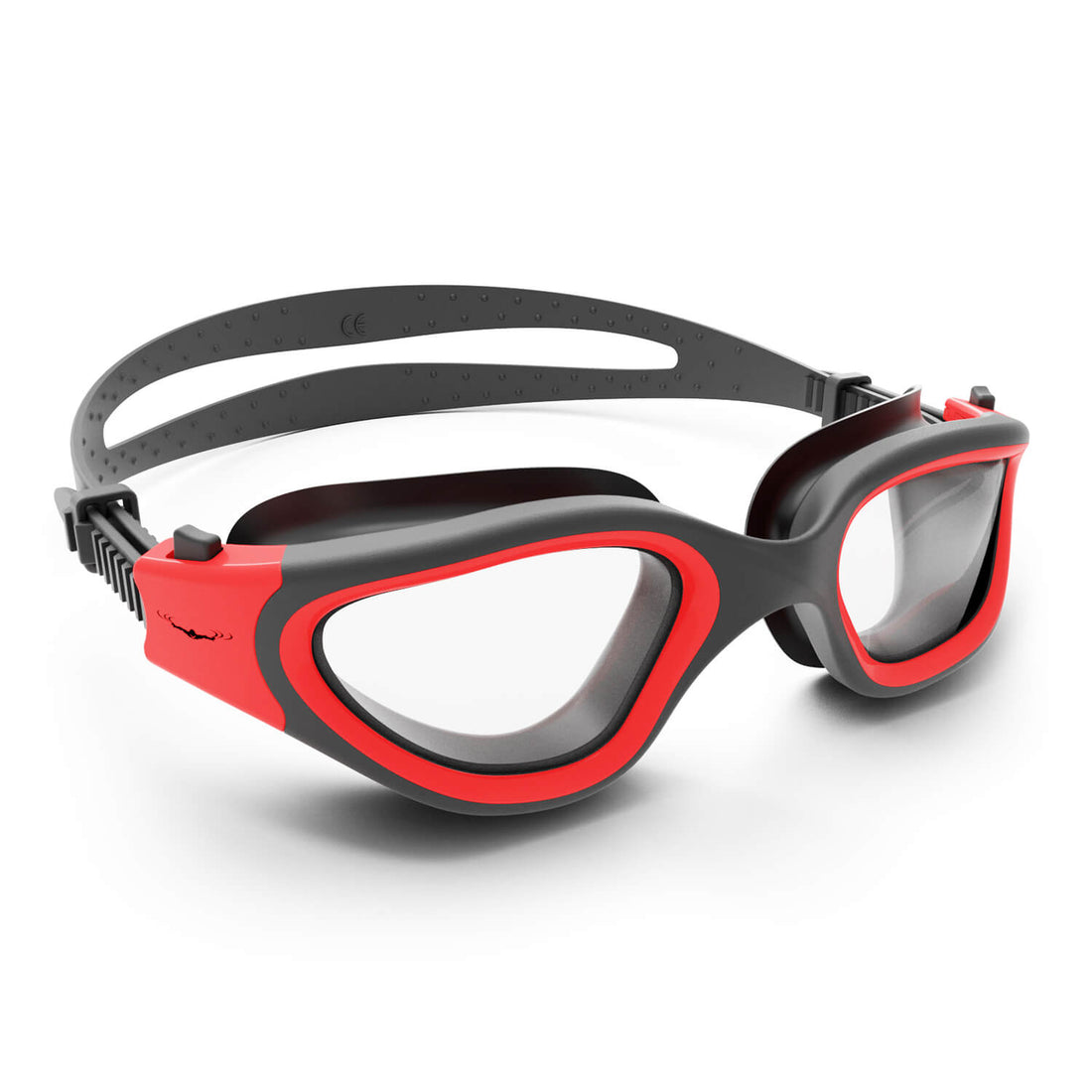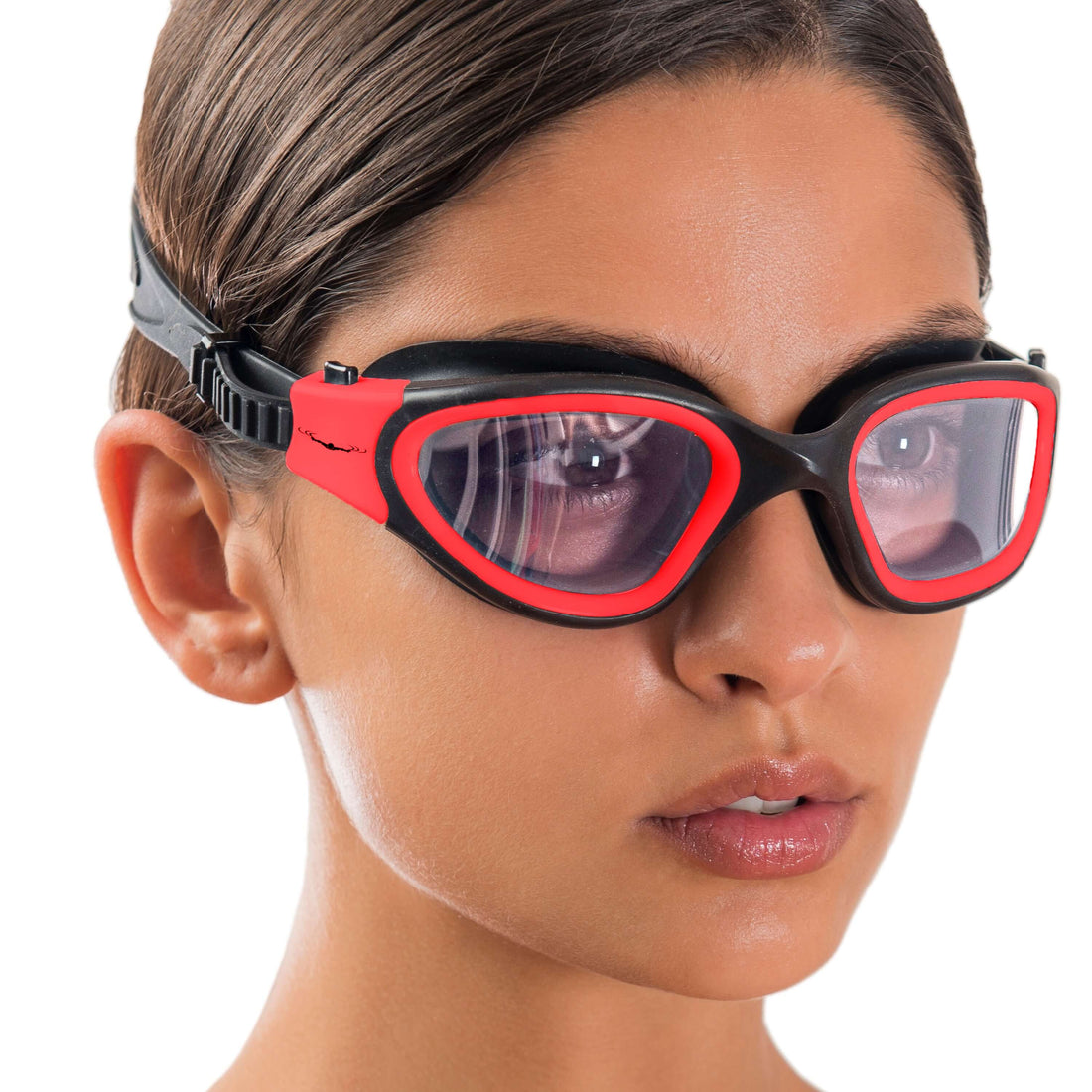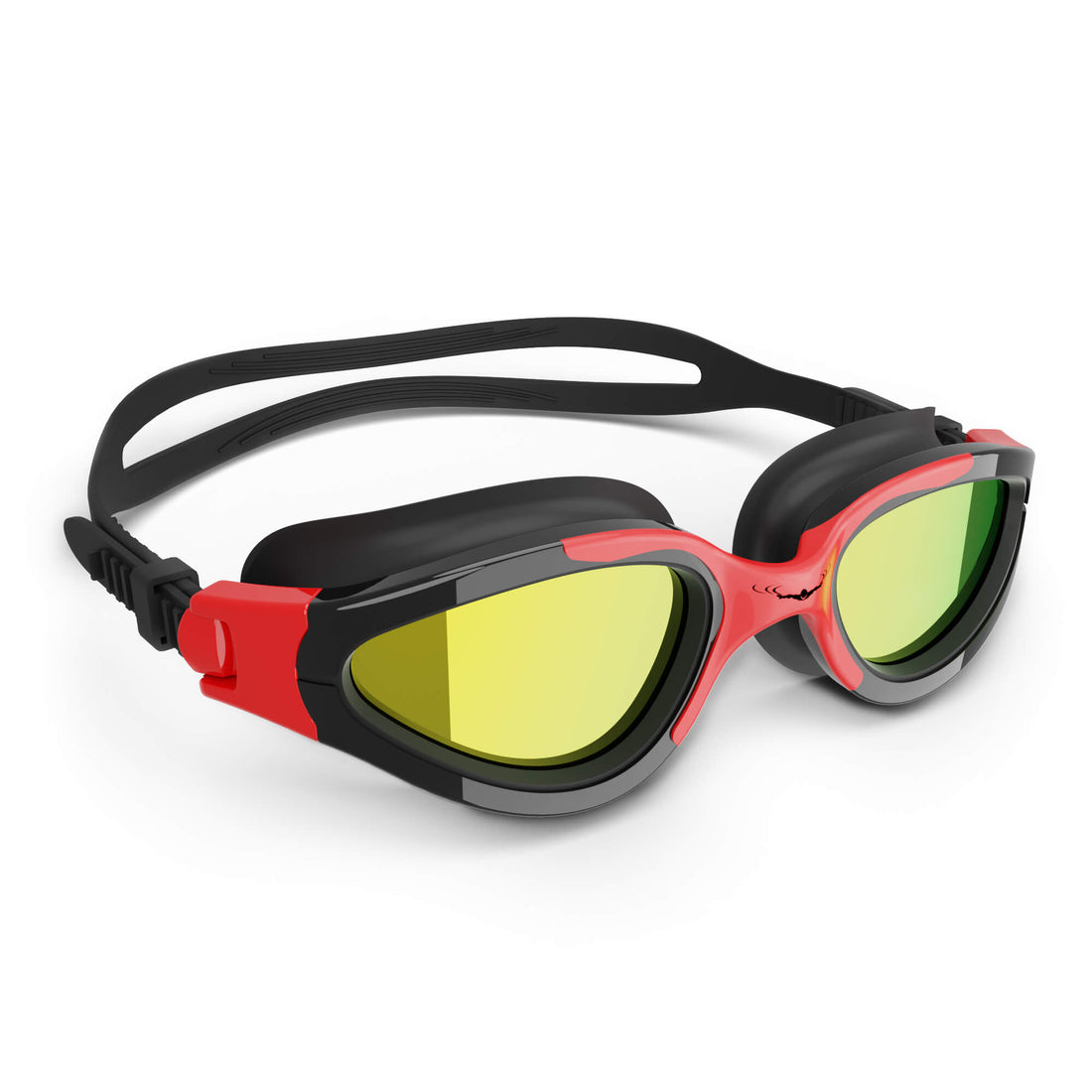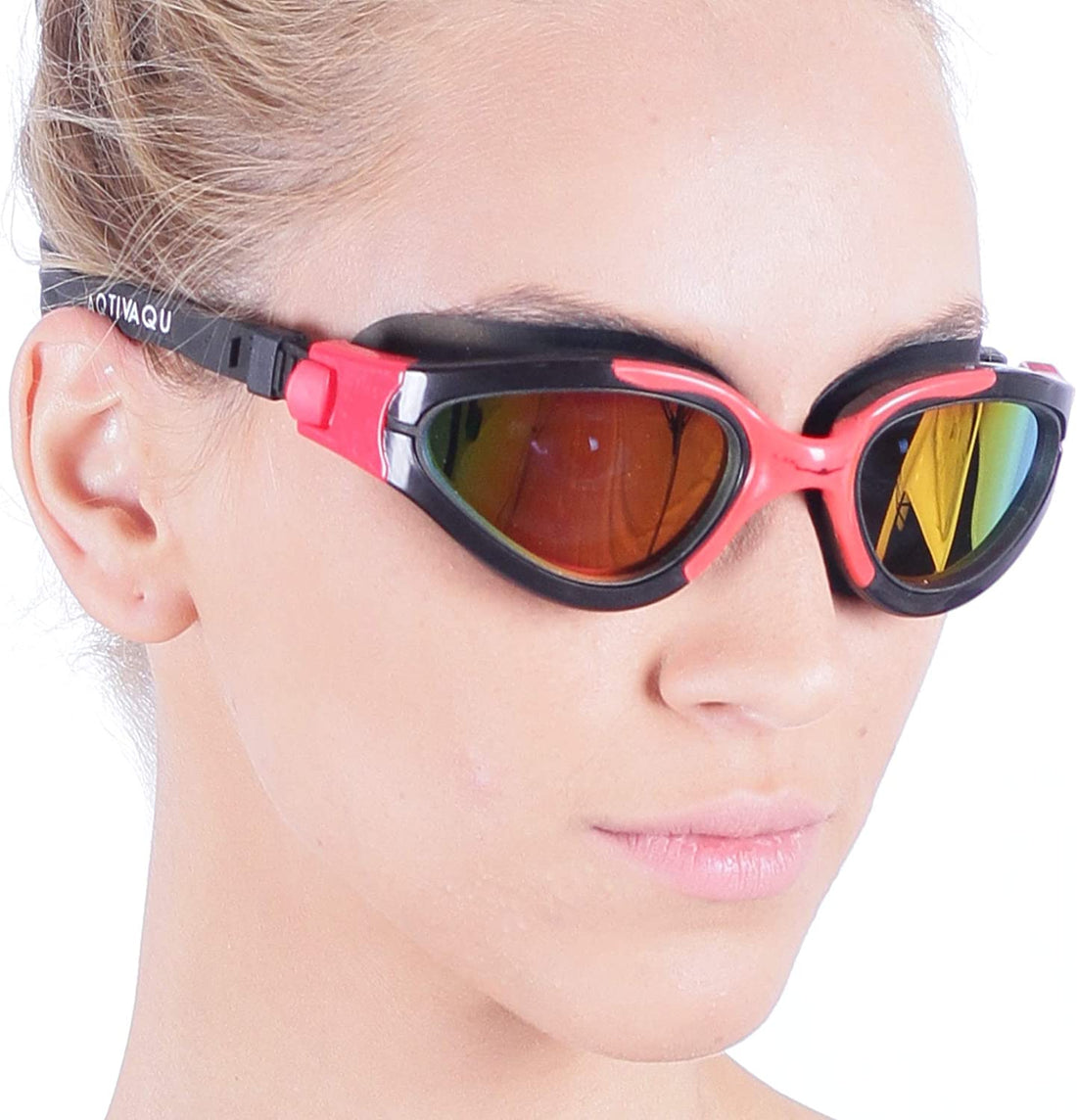Frequently Asked Questions
1. What are the key components of swim training for a competition?
2. How can I improve my swimming technique?
3. What should my training schedule include?
4. What are some nutrition tips for competitive swimmers?
5. What should I do to prepare on the day of the competition?
Preparing for your first swim competition can feel overwhelming, especially if you're new to the competitive swimming scene. Whether you're a parent guiding your child or an athlete diving into the competitive waters for the first time, this comprehensive guide will provide you with essential tips and training strategies to ensure you're ready to make a splash.
Understanding the Basics of Swim Training
Before you dive into training, it's crucial to understand the fundamentals of swim training. There are several key components that ensure effective preparation for a swim competition.
The Importance of Technique
Technique is paramount in swimming. The way you stroke, kick, and breathe can significantly affect your speed and efficiency in the water. Focus on developing proper swim techniques to maximize your performance. Here are a few tips to improve your swimming technique:
- Work on your stroke mechanics with a coach.
- Practice different strokes, including freestyle, backstroke, breaststroke, and butterfly.
- Video yourself swimming to identify areas for improvement.
Building Endurance
Competitive swimming requires endurance. You need to be able to swim long distances and maintain speed effectively. Incorporate longer swims into your training and consider the following exercises:
- Distance swims to build stamina.
- Interval training to improve speed and recovery time.
- Cross-training activities such as running or cycling to boost overall fitness.
Creating a Training Schedule
Just like any sport, having a structured training plan will lead you to success. A well-rounded training schedule will include pool sessions, dryland workouts, and rest days. Here’s how you can create an effective training schedule:
Swimming Sessions
Your swimming sessions should focus on various aspects of your training:
- Drills: Incorporate drills that focus on your specific weaknesses.
- Sprints: Include fast-paced swimming to enhance your speed.
- Endurance Swims: Perform longer swims to build stamina.
Dryland Training
Dryland workouts are essential for building strength, flexibility, and overall athleticism. These exercises can include:
- Core stability exercises like planks and Russian twists.
- Resistance training with bands or weights.
- Plyometric exercises to enhance explosive power.
Nutrition and Hydration
Fueling your body properly is as crucial as your training regimen. Proper nutrition and hydration will enhance your energy levels and recovery rates. Consider the following tips:
Balanced Diet
Maintaining a balanced diet high in carbohydrates, proteins, and healthy fats will keep your energy levels sustained. Focus on:
- Complex carbohydrates such as brown rice, whole grain pasta, and quinoa.
- Lean proteins like chicken, fish, and legumes.
- Healthy fats from avocados, nuts, and olive oil.
Hydration is Key
Staying hydrated is crucial for optimal performance in the pool. Make sure you:
- Drink plenty of water throughout the day.
- Consume electrolyte-rich drinks during intense training sessions.
- Avoid sugary beverages that can hinder performance.
Gear Up for Success
The right gear can make a significant difference. Investing in quality equipment is crucial for your performance. While this guide won’t point to specific products, essential gear to consider includes:
- Swim Goggles: Proper visibility and comfort are vital. Look for swim goggles that fit snugly and prevent water from leaking in.
- Swim Caps: A swim cap can reduce drag and keep your hair dry.
- Swimwear: Choose a suit that's optimized for performance without being restrictive.
Getting the Right Mindset
A competitive mindset can greatly influence your performance. Here are a few mental strategies to help you stay focused and prepared:
Set Realistic Goals
Setting attainable goals for your training and competitions will keep you motivated. Consider short-term goals like improving your lap time and long-term goals like competing in a particular event.
Visualize Your Success
Visualization can enhance your performance. Take a moment to close your eyes and imagine yourself swimming your best race. This technique helps to build confidence and reduce anxiety.
Practicing Events
Simulating the actual competition environment can be beneficial. Practice swim meets with your team to get accustomed to the atmosphere and routine of competitions.
Understand the Competition Format
Different competitions may have different formats. Knowing whether you’ll race individually or as part of a relay team is vital. Familiarize yourself with start times, heats, and other procedures before the competition day.
Streamlining Your Recovery
Although training hard is important, rest and recovery are equally essential. Make sure you allow your body time to recover between training sessions. Consider the following recovery methods:
- Active recovery such as light swimming or yoga.
- Using ice baths or cold showers to reduce inflammation.
- Getting plenty of sleep to allow your body to repair.
The Big Day: Competition Ready
As your competition day approaches, follow these tips to ensure you’re at your best:
Proper Rest the Night Before
Aim for a good night’s sleep to ensure you're energized for race day. Avoid heavy meals right before bed and focus on light, nutritious snacks if you're hungry.
Warm-Up Routine
Arrive at the competition early enough to complete a warm-up. This may include light swimming, stretching, and practicing starts to prepare your muscles for the event.
Listen to Your Body
On the day of the competition, listen to your body and stick to your routine. Nerves can be high, but trusting in your training will help you stay focused.
Dive into Your Future
Training for your first swim competition is an exciting journey that can set the stage for an enduring passion for the sport. Embrace the challenges, nurture your skills, and remember that with determination and focus, you can achieve more than just swimming. To all the future champions out there, we encourage you to make the most of this remarkable experience. Happy swimming!



